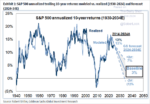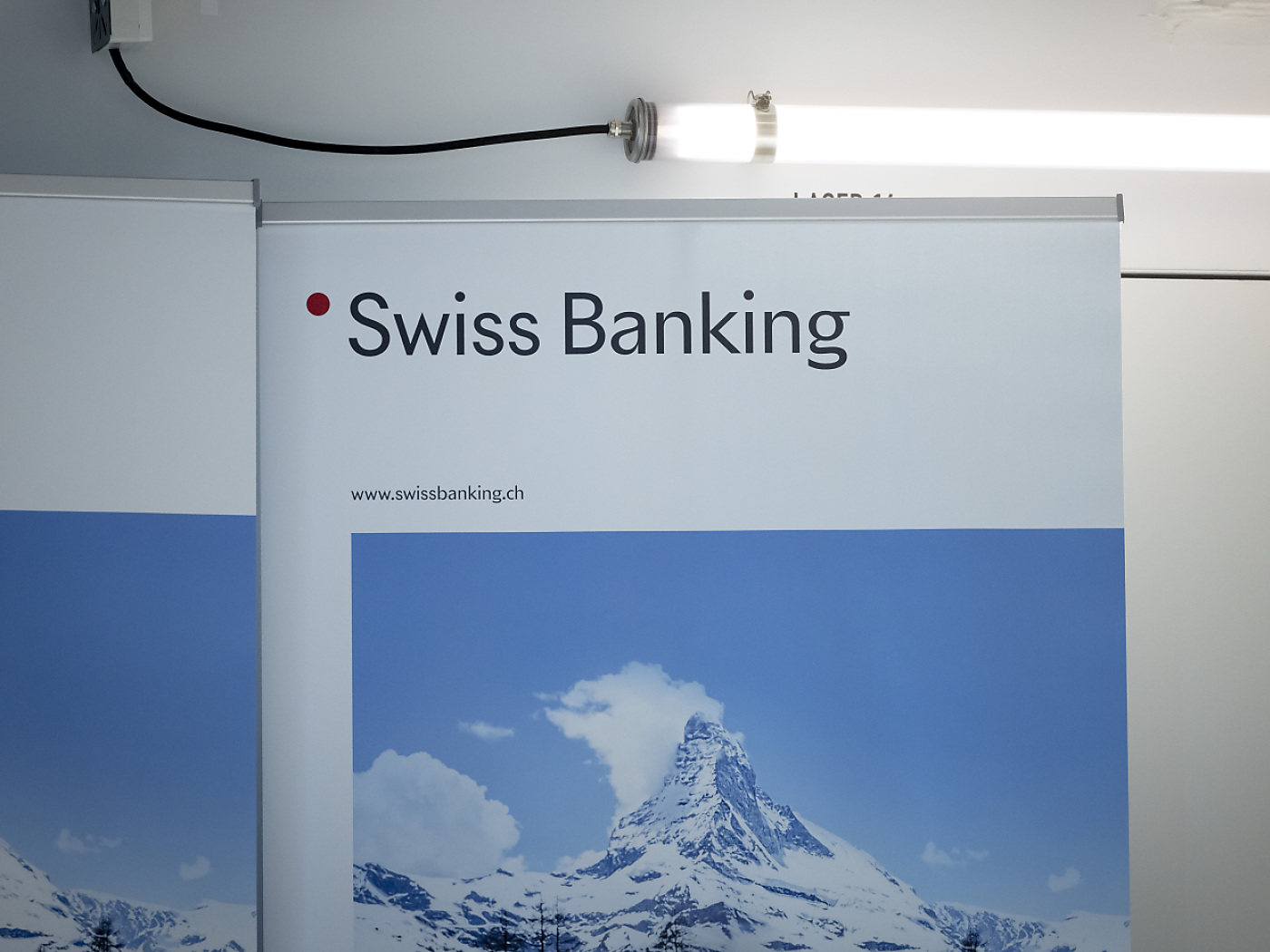Overview: Chinese officials using the carrot and the stick have succeeded in dampening the protests and easing some anxiety and rekindled the animal spirits. Hong Kong’s Hang Seng rallied 5.25% and its index of mainland shares surged 6.20%. South Korea and Taiwan indices gained more than 1%. Among the large bourses, only Japan failed to advance. Softer than expected Spanish and German inflation may also be helping the Stoxx 600 recoup around half of yesterday’s 0.65% decline. US equity futures are firmer by around 0.5%. Benchmark 10-year yields are softer. The 10-year US Treasury yield is off three basis points to 3.65%. Most European bond yields are 10-12 bp lower. Gilts are underperforming (-4 bp) while the BOE is seeking to sell some long-dated Gilts it bought to stabilize the market (Sept-Oct). The dollar is giving back a chunk of yesterday’s gains. The Antipodeans are leading the way with gains of around 1.3%. Emerging market currencies are also advancing. The Mexican peso, South African rand, and South Korean won are up more than 1%. Gold has recouped yesterday’s loss in full and has pushed back above $1755 in the European morning. January WTI is extending its recovery from the $73.60 low seen yesterday and reached $79.65 today before steadying. US natgas is surging 9% today after dropping about 8.5% over the past two sessions. Europe’s benchmark is 6.7% higher. It fell 1.8% yesterday. Iron ore rebounded 2.65% losing 1% yesterday. Copper is 1.2% firmer today after slipping 0.4% yesterday. March wheat has steadied. It lost 2% yesterday on top of 2% at the end of last week.
Asia Pacific
With the apparent help of Chinese censors and police, the protests in several cities eased and Chinese officials made several announcements that lifted sentiment. For sure, the Golden Dragon China Index of companies that trade on US exchanges rallied 3% yesterday, the most in a couple of weeks, after the CSI fell 1.1% on Monday. Local equities had begun to recover well before the official announcement that seemed more like signaling than substantive changes, but the market has been primed since the end of the 20th Party Congress for a shift. Today's announcement focused on urging older parts of the population to get vaccinated (personal responsibility) and played down the virulence of the virus now and the mutations. It noted the low death rate that official figures show in China. Central government officials also reiterated that local authorities should not be over-zealous with its Covid restrictions, respond to reasonable public demands, and minimize the impact.
Many seem to think it that China's Covid policy is simply the result of President Xi's preferences even though Chinese and international experts have warned that the country is ill-prepared for the surge in infections and fatalities that would likely result from "opening up." Hong Kong, which has opened up, has recently had to cancel non-emergency medical procedures because the hospitals are overwhelmed with Covid cases. Others look to Taiwan, which moved away from its zero-Covid policy in May, and it has a similar elderly share of its population (~15%). It has recorded 11k deaths related to the virus since then. Extrapolating from China could mean at least 700k fatalities in six months. And that might be a conservative estimate given the less effective vaccine and weaker healthcare system.
China reports its November PMI tomorrow. Events may have superseded it. The surge in Covid cases and the new restrictions further cloud the near-term economic outlook. Recall that the composite PMI has fallen since reaching 54.1 in June, which was the best level since May 2021. It fell below 50 in October and is likely to have remained there this month. Separately, China's securities regulator lifted the ban on equity sales by property developments as part of five new measures announced. These include allowing mergers and acquisitions and restructuring and private share placements.
Japan reported October jobs and retail sales earlier today. The unemployment rate was unchanged at 2.6%, even though the job-to-applicant ratio ticked up to 1.35 from 1.34. Bloomberg referred to something it called the shadow unemployment rate, "which includes people who were employed by not actually working". Bloomberg's "news" story estimated that it increased. Really. It is reminiscent of the quip attributed to Pope John XXIII. When asked how many people worked at the Vatican, he said, probably half. Separately, Japan reported October retail sales rose by 0.2%. The median in Bloomberg's survey was for a 1.0% increase. This bodes poorly for the start for Q4 after the unexpected contraction in Q3, though the September series was revised to show a 1.5% increase rather than 1.1%. It will be compounded tomorrow when the preliminary October industrial output report is expected to show a have declined by about 1.7% for the second consecutive month.
The dollar is confined to yesterday's range against the Japanese yen (~JPY137.50-JPY139.50). The peak was recovered in early Asia and low set early in Europe. Softer US yields and sharp falling European rates (9-11 bp) may also be contributing to the yen's recovery today. The yen's safe haven status played up yesterday is not to be found much today. The dollar has been capped in the JPY139.50-60 area for four sessions now. A break of JPY137.50 could signal JPY136.85. The Australian dollar settled near its lows yesterday (~$0.6650) and recovered to almost yesterday's high (~$0.6750) before stalling. A move above $0.6800 is needed to negate a possible double top. The intraday momentum indicators warn of downside risk in the North American session. Support might be found in the $0.6660-80 area. The greenback gapped higher against the Chinese yuan yesterday and filled that downside gap as it tumbled from CNY7.2125 to about CNY7.1550. Against the offshore yuan, the dollar fell from almost CNH7.25 to a little below CNH7.16. The PBOC fixed the dollar at CNY7.1989 today. The median in Bloomberg's survey was for CNY7.2073.
Europe
Helped by subsidies for electricity and fuel, Spanish headline inflation fell this month. The EU harmonized measures fell 0.5%. Economists polled by Bloomberg expected a 0.1% increase. The year-over-year rate fell to 6.6% from 7.3%. Spain's inflation peaked in July at 10.7% and it has fallen since. Today's print was the lowest since January. However, the core rate ticked up to 6.3% from 6.2%, where it had been in September and October after peaking at 6.4% in August.
German states are also reporting their preliminary November CPI figures. The same story as in Spain may be playing out. The headline rates of the six states that have reported fell but energy prices, helped by subsidies. Still, it may translate into a weaker EU-harmonized rate, which will be reported shortly. The median forecast in Bloomberg's survey called for a 0.1% increase, but now could be a modest decline. The year-over-year rate was expected to fall to 11.3% from 11.6%, which was a new high. Tomorrow the aggregate eurozone CPI will be reported. The headline rate may soften more than expected (Bloomberg's survey median was 10.4% from 10.6%), while the core rate was expected to be unchanged at 5.0%.
The EU tried again to set a price cap on Russian oil, which will be banned as of December 5. Poland and the Baltics are pressing for a low cap and rejected the EU's initial proposal of $65 a barrel and the compromise offer of $62. As we noted, some Russian oil (e.g., Urals grade) is around $52. What are Russia's production costs? Bloomberg estimates the cost was around $4 a barrel (producer lifting costs), while another $16 a barrel, stem from transportation and capital outlays. Then there are taxes, which may be around $30 a barrel. If no price cap is agreed upon, which remains a distinct possibility, EU companies would be barred from insuring and other services to ships carrying Russian crude. Reports estimate that Russia is shipping around 3 mln barrels a day, of which China, India, and Turkey could be as much as about 2.5 mln barrels a day.
Separately, but not totally unrelated, OPEC+ meet this coming weekend, and last week, the Saudi Energy Minister warned that despite the criticism from the US, production could be reduced again. From the two-month high set on November 7 near $92.50, January WTI tumbled a little more than 20% through yesterday's low (~$73.60) before rebounding. This was the lowest it has been since mid-January. It recovered to $79.65 today, entering a resistance area that may extend to around $81.50. Over the same period, February Brent oil fell about 17.5% to yesterday's low near $80.80. Unlike WTI, the front-month Brent futures contract held the last September lows. It rebounded to almost $86.75 today.
The euro posted a key downside reversal yesterday by making new highs for the move (almost $1.05) before turning around and settling below the previous low. However, there has been no follow-through selling today, and the euro bounced back to about $1.0395, which meets the (38.2%) retracement of yesterday's drop. The next retracement (50%) is near $1.0415. There are options for almost 400 mln euros at $1.0448 that expire today, which is just beyond the (61.8%) retracement found close to $1.0435. Sterling was sold yesterday from almost $1.2120 to $1.1940. It too has not seen follow-through selling today and recovered to nearly $1.2065. Support has been found in late Asian turnover and again in the European morning near $1.1980. Another run at the highs is possible in North America but yesterday's high looks safe.
America
Counting the Dallas Fed's manufacturing survey out yesterday (-14.4 vs. -19.4) five regional Fed surveys have been reported, three have been better than expected, though only one (NY) was above zero. The preliminary November manufacturing PMI, out last week, was weaker than expected at 47.6 (from 50.4), the lowest since May 2020. Attention turns to house prices today. The FHFA house price index has turned lower. It fell by 0.6% in July and 0.7% in August. The median forecast in Bloomberg's survey calls for a 1.2% decline in September. Since 2012, FHFA index has only fallen in two other months: January 2012 (-0.4%) and May 2020 (-0.3%). The S&P Corelogic Case-Shiller 20-City Composite also fell in July (-0.69%) and August (-1.32%). It is expected to slip another 1.2% in September. That would bring the year-over-year rate to10.5% and it has not been this low since the end of 2020.
Yesterday, St. Louis Fed's Bullard reiterated his call that Fed funds should be in the lower end of the 5%-7% range he identified, drawing his modifications of the Taylor Rule. NY Fed's Williams acknowledged he would likely raise his target rate from September's iteration, which Powell had suggested more broadly at his press conference earlier this month. Richmond Fed's Barkin made similar remarks. However, the market saw nothing new in the comments and the June 2023 Fed funds futures contract was virtually unchanged yesterday with an implied yield of 5.01%. Today, it is slightly below 5%. No Fed officials are scheduled to speak today. Tomorrow is a different story. Bowman and Cook speak before Powell and the release of the Fed's Beige Book ahead of the December 13-14 meeting.
Canada's Q3 current account shortfall was nearly three-times larger than the median forecast in Bloomberg projected. The C$11.1 bln deficit was the largest since Q3 20. Canada typically runs a current account deficit and the surplus in H1 was an anomaly. It has not done so since 2008. In the 11 quarters since Covid struck, Canada has had an average quarterly current account deficit of C$5.6 bln. In the 11 quarters before Covid, the average quarterly shortfall was C$13.25 bln. Weaker oil prices saw the goods surplus fall to C$1.7 bln from C$10.4 bln in Q2. The service balance also deteriorated, spurred by tourist outflows. The wider than expected current account deficit warns of downside risk to today's GDP figures. The economy was expected to expand by about 0.1% month-over-month. After growing over 3% in Q1 and Q2, the Canadian economy was projected to have slowed to 1.5% in Q3 (median forecast in Bloomberg's survey).
A decline in imports and exports saw Mexico's October trade deficit wide to $2.01 bln from $895 mln in September. In October 2021, the deficit was $2.80 bln. As we previously noted, auto exports remain strong. They rose by a third from a year ago. Year-to-date exports are up 19.5%, also reflecting higher priced oil. Mexico reports October unemployment figures today, and tomorrow sees budget figure, outstanding loans, and the central bank's inflation report. Banxico is widely expected to match the Fed's move when it meets on December 15, a day after the FOMC meeting concludes. Despite China news that weighed on the dollar-bloc and the South African rand, Latam currencies, outside of the Argentine peso did well yesterday. They accounted for five of the top six emerging market currencies (joined by the Thai baht). The Chilean peso led with 1.05% gains, while the Mexican peso was a laggard with a 0.1% gain. A strike at a copper mine seemed to have been averted.
Concerns about Chinese developments and the sharp losses in US equities weighed on the Canadian dollar yesterday. The greenback poked above CAD1.35 for the first time since the November 10 softer than expected US CPI. Recall that is also the neckline of the large head and shoulders pattern that projected to CAD1.30. The low since the break of the CAD1.35 was about CAD1.3225. The greenback unwound a good part of yesterday's gain and fell to almost CAD1.3410. Yesterday's low was a little below CAD1.3385. A break of that is needed to boost confidence the upside correction is over. The Mexican peso held its own against the dollar yesterday and has jumped higher today. With more than a 1% gain, it leads the emerging market currencies today. The greenback has been sold to almost MXN19.06, a new low since March 2020. As we have noted, at the end of 2019, the dollar was trading below MXN18.90, and before Covid struck it had approached MXN18.52.
Full story here Are you the author? Previous post See more for Next post
Tags: #USD,Canada,China,COVID,Currency Movement,Featured,federal-reserve,Germany,Japan,Mexico,newsletter,OPEC,Spain




















